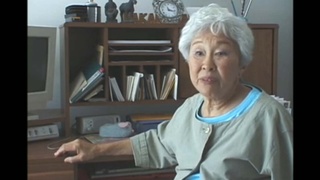Interviews
Visiting Deep South
And what was interesting to me was in the Deep South, to see the black people restricted to the water fountains. Movie theaters they were restricted. And to ride in the bus, they had to sit in the last couple seats in the rear of the bus. Whereas I was able to sit anywhere. I photographed the water fountains and inside of a bus...and a theater. But it’s back in Washington somewhere. But that was really shocking to me, to see all of this, when we’re working with the relocation people.
Date: December 3, 2009
Location: California, US
Interviewer: John Esaki
Contributed by: Watase Media Arts Center, Japanese American National Museum







